Airplane Engines
Today, a design might go either way. The University of Houston presents this series about the machines that make our civilization run and the people whose ingenuity created them.
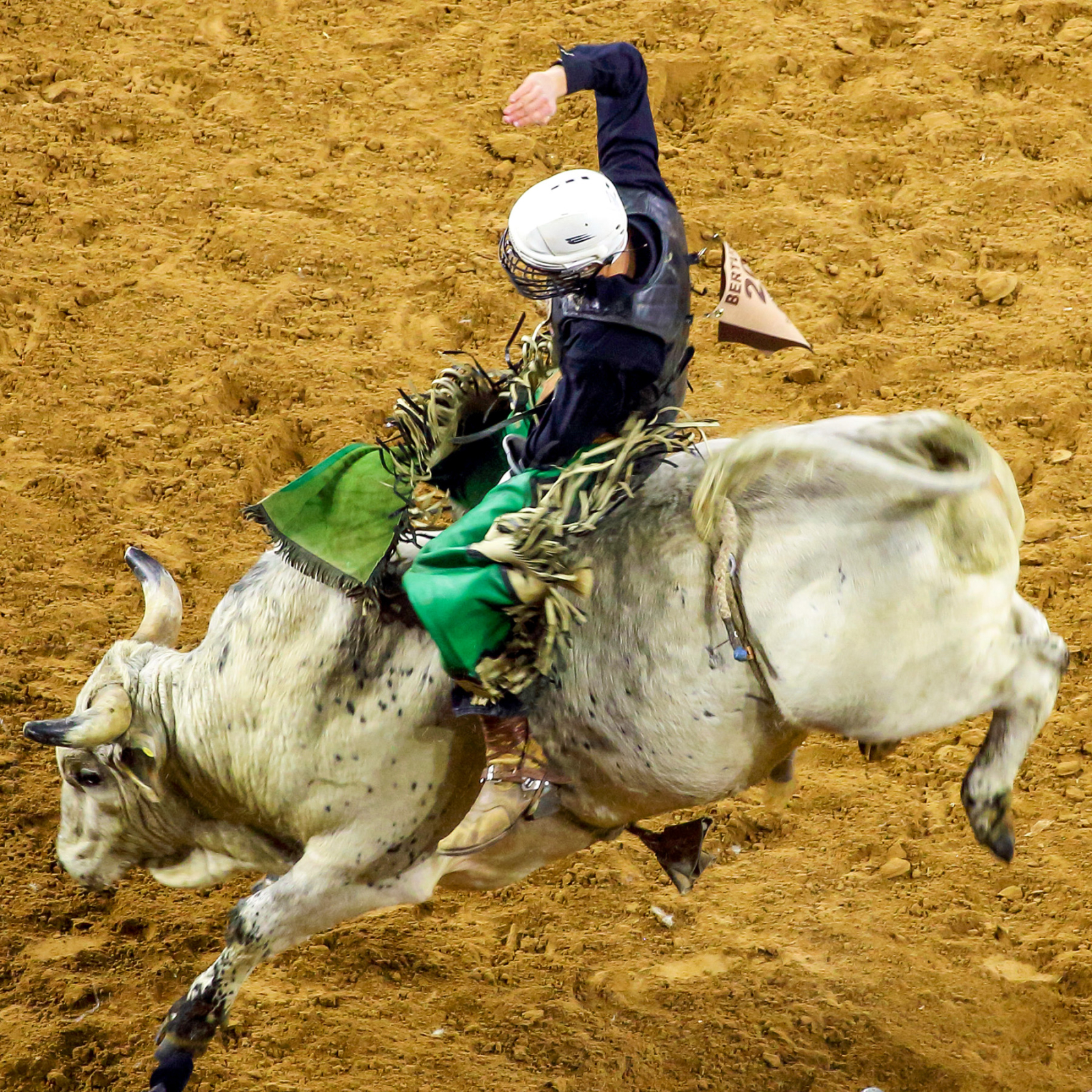 Good engineering means guessing how change will occur. But that's hard to do. It's a lot like bull-riding at the rodeo. A rider never knows just how the bull is going to zig or zag. Same with engineering. Too often, we have to ride such cusps.
Good engineering means guessing how change will occur. But that's hard to do. It's a lot like bull-riding at the rodeo. A rider never knows just how the bull is going to zig or zag. Same with engineering. Too often, we have to ride such cusps.
Example: It was clear (even before the Wright Brothers) that airplane engines would have to be lighter-weight forms of the new internal combustion engines. Samuel Langley powered his new airplane with an engine based on an early car motor. Once launched, it sank like a stone into the Potomac River. Nine days later, the Wrights succeeded with their own light engine design. The Wrights saw which way their bull was zigging. Langley did not.
But that set the stage for a different kind of bull ride, one that lasted decades. Here's how it went: A mixture of fuel and air burns explosively to drive engine pistons. So we have to cool their cylinders. We can do that in either of two ways in an airplane: We can fit them with a jacket of cooling liquid. Or we can let air blow past them, and cool them like a huge fan.
That means either of two arrangements: We can line cylinders in a row when they're liquid cooled. That lets us make the airplane thin and more streamlined. But then the airplane also has to carry extra machinery: more weight, more cost, more maintenance.
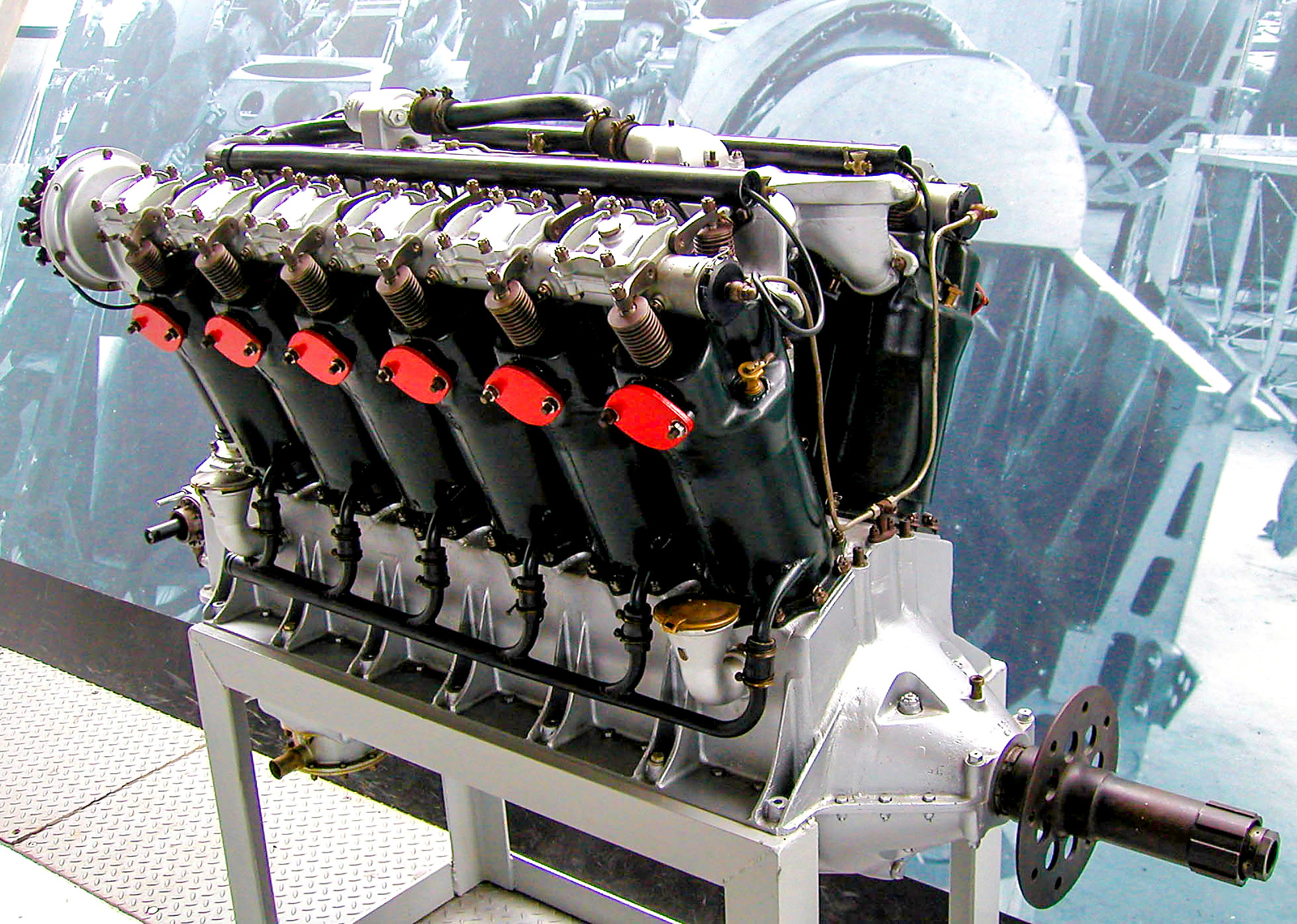
The 1917, 12-cylinder liquid-cooled Liberty L-12 engine.
So what about air cooling? Combat airplanes needed strong engines with many pistons. That meant arranging them in a circle facing the wind. So air-cooling meant more wind resistance. But it also took far less complication and cost. (Many WW-I airplanes went further. They let the engine spin around a fixed crankshaft. The spinning engine then cooled itself nicely. But the engine also acted like a gyroscope and made flying somewhat tricky.)
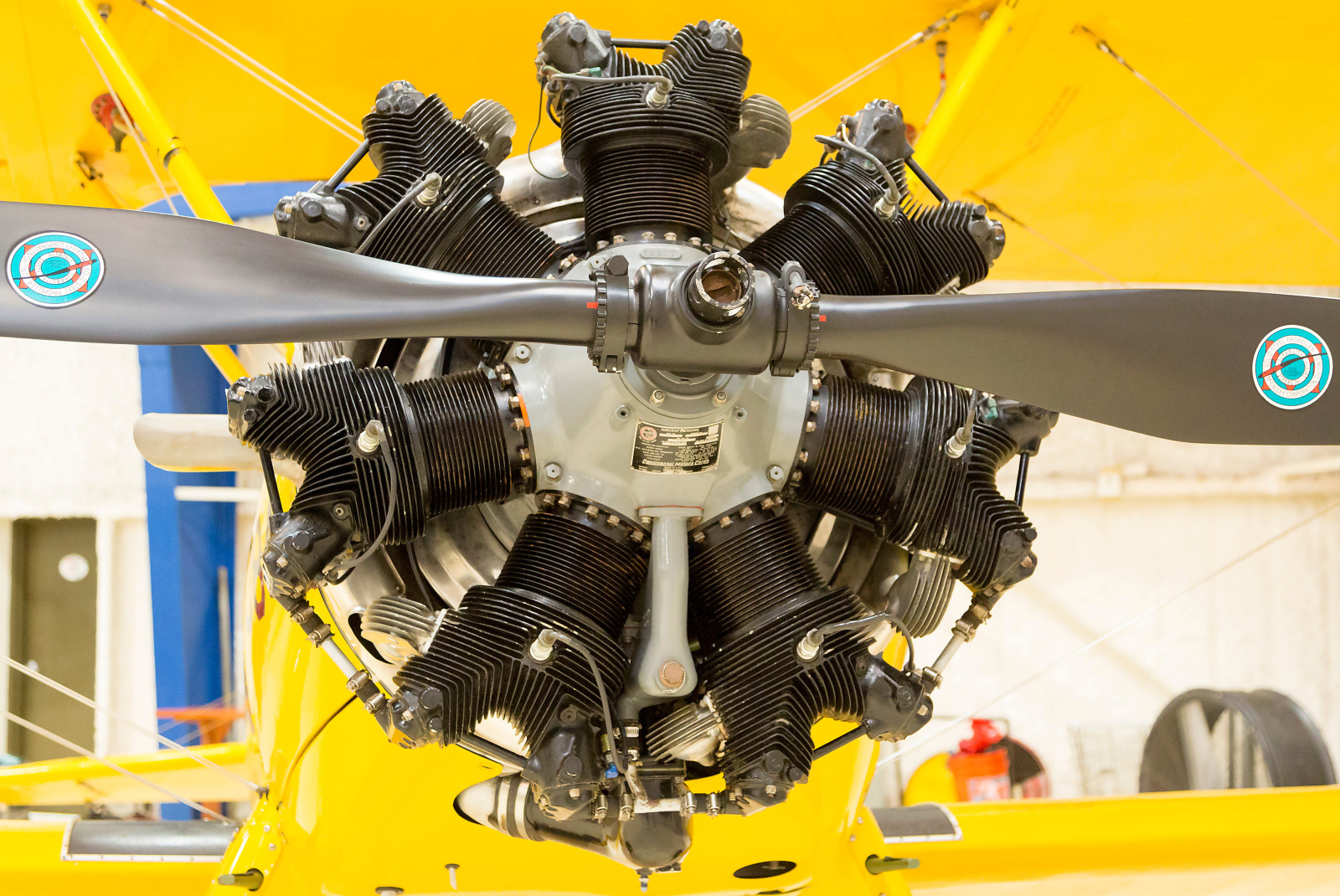
The 1934 Continental R-670, 7-cylinder radial air-cooled engine
The Germans favored liquid cooling in WW-I, but not entirely. The Allies leaned more toward rotary air-cooled engines. After the war, the new commercial aircraft favored air cooled engines. But there was also a new competition for speed, and racing planes were again undecided. Then, WW-II: Now armies on both sides favored liquid cooling. But most navies used air cooling.
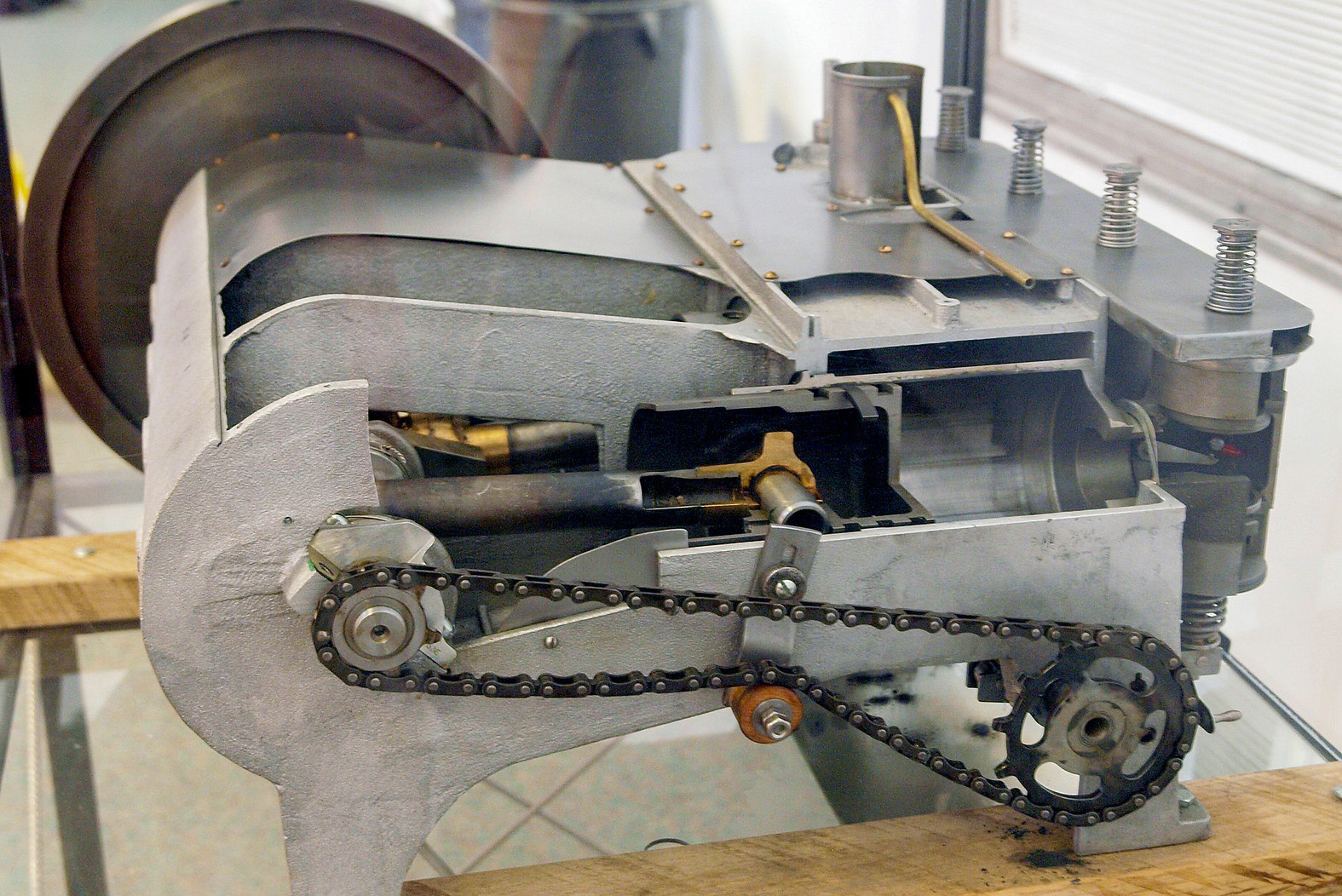
Cutaway replica of the Wright Brother's very first engine. It was water-cooled.
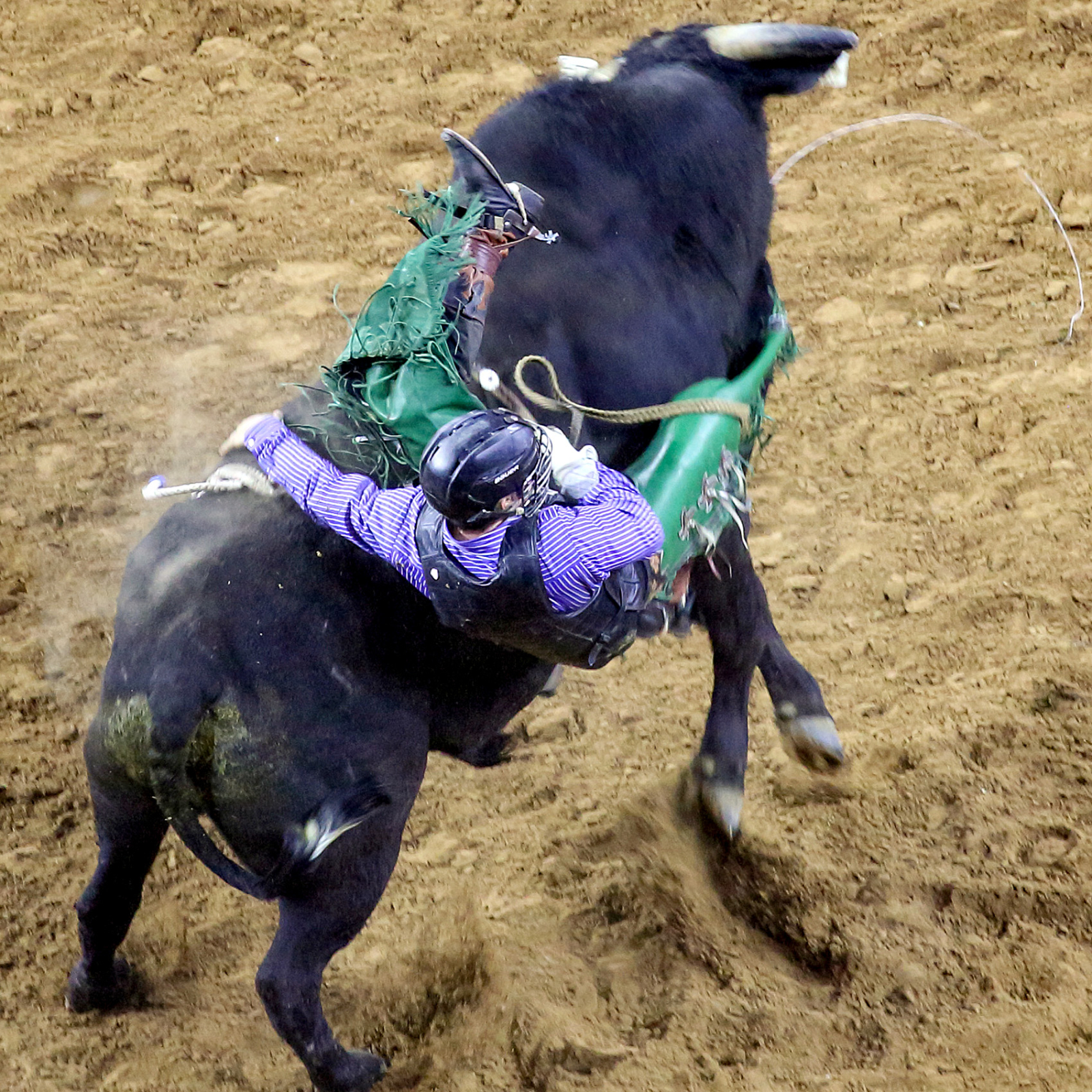 And the very first engines? The Wright Brothers used liquid cooling. Glenn Curtiss and Santos Dumont used air cooling. Indecision went from the very beginning until jet engines burst on the scene and cylinders almost vanished. (But not quite. Today, most very light airplanes use air to cool only a few cylinders.)
And the very first engines? The Wright Brothers used liquid cooling. Glenn Curtiss and Santos Dumont used air cooling. Indecision went from the very beginning until jet engines burst on the scene and cylinders almost vanished. (But not quite. Today, most very light airplanes use air to cool only a few cylinders.)
So engineers rode a cusp throughout the first half of the 20th century. Back and forth. Two technologies, neither of which could win the day. Which way was the bull lurching? Then the ride ended as swiftly as being dumped from a bull. It did so as most large aircraft switched from piston engines to jet propulsion, in hardly the blink of an eye.
I'm John Lienhard at the University of Houston, where we're interested in the way inventive minds work.
This matter is discussed in many Internet articles. See, e.g.: https://en.wikipedia.org/wiki/Internal_combustion_engine_coolinghttps://en.wikipedia.org/wiki/Aircraft_engine https://www.kitplanes.com/engine-theory-engine-cooling-avoiding-meltdow
You might also find various manufacturers of light plane piston engines touting air or liquid cooling depending upon which of the two they make.
I talk about the awkward shift in large airplane design at the end of WW-II in Episode 2028.
Here are two slide shows of my photos: The first is a series of airplane engines of both types arranged chronologically. The second is a series showing rodeo riders trying to stay on horses and bulls. (All photos here are from these sets.) https://enginespics.smugmug.com/Airplanes/Airplane-Engines/
https://enginespics.smugmug.com/Sports/Houston-Rodeo-March-9-2015/
My thanks to Fitz Walker, Tom Callen, and Richard Armstrong for their advice.
This episode was first aired on June 24, 2022.